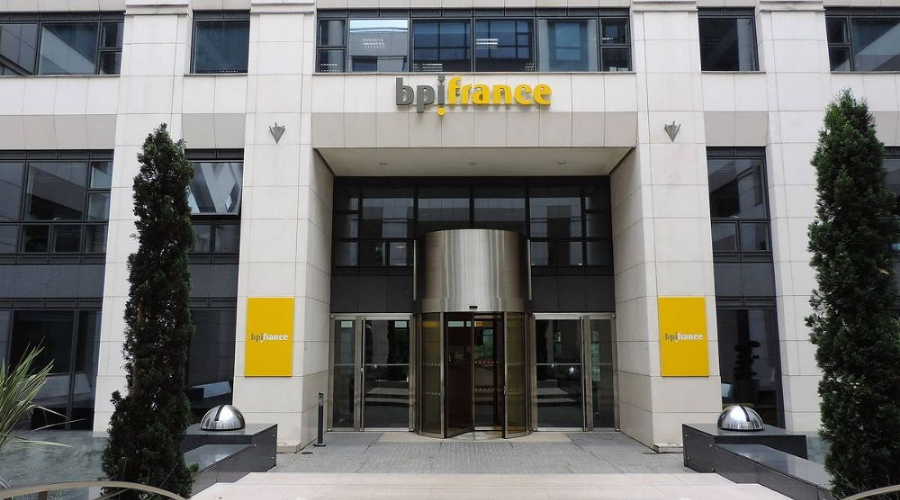To What Extent Intangible Capital Is A Decisive Element For Companies’ Competitiveness?
Intangible capital has positive impacts on companies’ competitiveness, a study led by Bpifrance suggests.

Is intangible capital a decisive element of companies’ competitiveness? Yes, a study led by Bpifrance suggests. Conducted in partnership with the Observatoire de l’Immatériel, an independent think tank offering innovative solutions to value intangible assets, the research was carried out by Rodolphe Durand, a professor at HEC-Paris, and Romain Boulongne, an assistant professor in the Strategic Management Department at IESE Business School. Focusing on intangible capital and reminding the depth and diversity the notion covers, the survey measures its contribution to the growth and competitiveness of companies and its complementarity with material investment. It focuses on SMEs, which are not very aware of the benefits they can derive from intangible assets and often have limited resources to develop them.
Submitted to Agnes Pannier Runacher, French Minister Delegate for Industry, this study reinforces Bpifrance’s conviction to support entrepreneurs in their innovation efforts, through a range of financing tools and unsectured loans dedicated to intangible investments.
What are intangible investments?
The study defines them as « the part of a company’s assets and resources that allows it to be competitive, but that conventional accounting does not manage to fully grasp, as accounting reports ‘tangibly’ captures the concrete, visible and countable assets and resources”. These assets include research and development, patents, original designs, information technology components (apps, software, databases, algorithms), organizational components, employee training, corporate culture, management and reporting systems, commercial action, notoriety ranking and relationships.
What are the specificities of intangible investments?
For companies, the return on investment is longer and more difficult to identify which probably explains why French SMEs’ investment effort is still insufficient. However, companies that invest in intangible assets are often more innovative, more confident about the future, grow faster and create more jobs.
Moreover, we can distinguish several benefits of intangible investments:
- Firstly, in terms of technological innovation, and therefore productivity
- Secondly in terms of resource efficiency thanks to training in particular
- Finally in terms of positive externalities and improved relations throughout the company’s value chain.
The role of public authorities is often to accentuate the vector of innovation and to support companies. For Bpifrance, the financing of intangible assets implies not only implementing risk sharing, but also offering more comprehensive support to companies, which often results in greater proximity to managers.
Intangible assets contributes to profitability and growth
The econometric analysis shows that intangible investments have a significant positive impact on turnover growth, financial profitability and return on assets, which initially shows a downward effect until a point where the investment starts becoming profitable, forming a sort of U-shaped curve. However, this investment point is rarely reached by the smallest companies. Besides, for bigger companies, there is also a positive effect of multinational inputs within the teams, which broadens the possible horizons.
Some take away figures:
- Between 25 % and 30 % of SMEs invest in intangible assets each year. These investing companies are relatively large, innovative, exporter and optimistic about their development prospects.
- Sectors that have invested the most in intangible assets over the past 25 years are said to have generated, on average, 28 % higher growth in added value than other sectors.
- Intangible investments have positive effects on companies’ employment: on average, it leads to the creation of 6 to 7 % of jobs per year over three years.
Related
Trending

